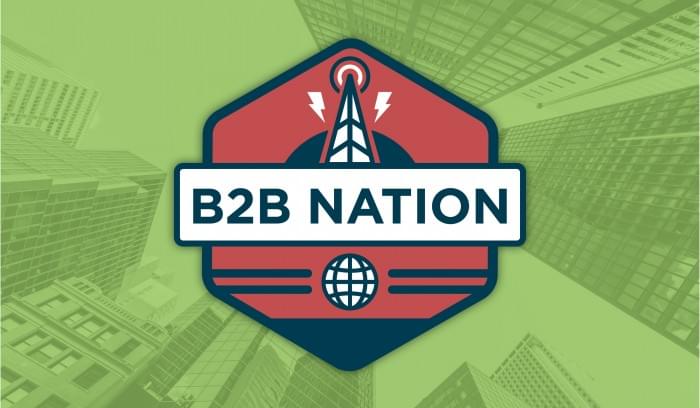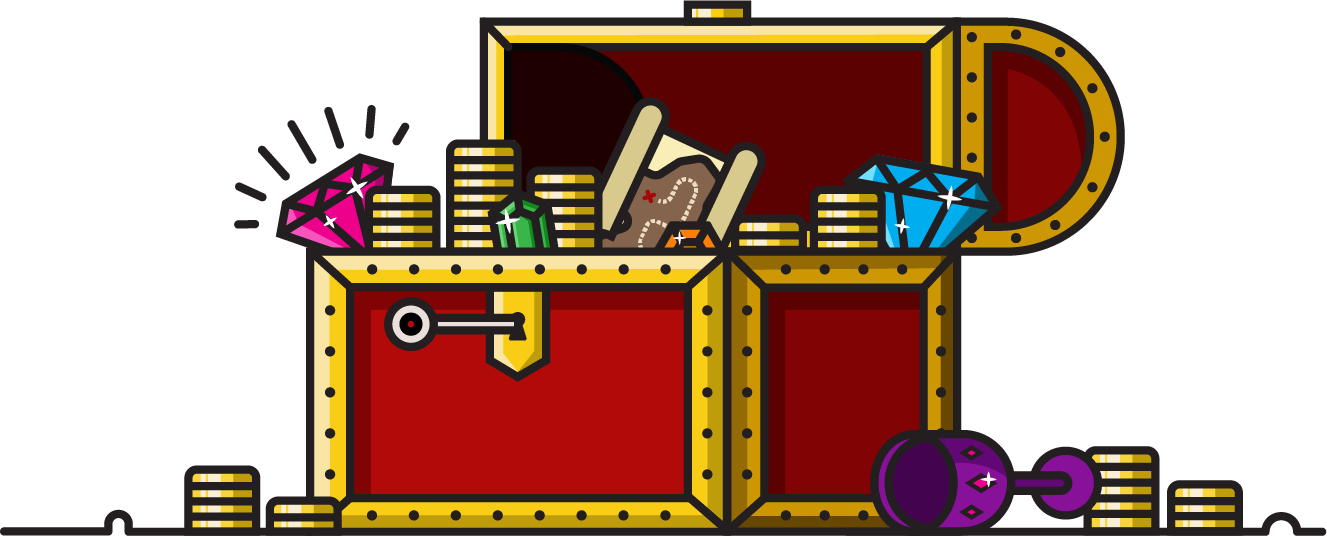Adam Maude, a senior director at CEB, and Jessica Cash, head of sales and marketing solutions for new product development at CEB, were recent guests on our B2B Nation podcast.
In this episode, we discussed:
- What is the Challenger sale?
- Why the Challenger method is more effective than traditional relationship-building
- Adoption of and resistance to the Challenger method
- How sales leaders can make “Challenger selling” part of their strategy
Below are some of the highlights from our conversation.*
What is the Challenger sale?
“That’s a short question with a long answer. In simple terms, it’s eight years of ongoing research to really understand the heart of commercial effectiveness. It has become the largest statistical study of professional sales behavior in history. The Challenger Sale looks at what successful salespeople do. It has evolved our understanding of customer strategies and engagement models that defy conventional wisdom when it comes to B2B selling.”
The Challenger method beats traditional relationship-building.
“When we first looked at the study, it was clear that individuals with a set of these challenger skills were more likely to be high performers and achieve higher quotas than those with weaker skills. In contrast, those with relationship-building skills, which is more traditional in sales, were weak. One of the problems with a focus on building relationships is that it starts and stops with creating trust and rapport. Those things are important, but they’re just not enough today.
ALSO READ: Sales is a Transference of Belief
“I was speaking to a sales leader who was new to the Challenger method, and she . . . wanted to know what the magic was behind Challenger selling and marketing. I told her that, at the end of the day, challengers are delivering powerful insight that’s tailored to different customer stakeholders. Challengers do three things that resonate with customers and drive results:
- First, they’re teaching customers and demonstrating expertise as business advisors. They’re not just a rep for your company. This sets them apart from competitors who are asking open-ended questions.
- Second, they’re tailoring and simplifying the purchase for their customers.
- Lastly, challengers are taking control. They’re reducing the burden on the customer and guiding the customer to avoid risks and help with implementation.”
Adoption of Challenger selling mimics technology adoption.
“Initially, thinking about being a challenger might be scary. People are afraid to challenge customer thinking and push their assumptions. This is a long-term sustained strategy over time. When this approach works best, it’s tuning the way you interact with customers and how you market to them. People who reinforce this approach begets more success. We see adoption in the same way a new piece of technology is adopted. You have the early adopters who are on board right away, then you get the fast followers, followed by the slower middle, and finally the laggards. Not everyone makes the transition successfully, and as a company you have to be okay with that.”
Sales leaders need to inspect what they expect.
“When you unpack what successful sales professionals are doing, they’re not asking open-ended questions to uncover needs anymore. Instead, they’re teaching customers about unknown or under-appreciated needs that they’re uniquely set up to solve through their product or service. That is an absolutely trainable and coachable set of behaviors . . . to switch from that question-based approach to the insight-based approach.
“To deliver an insight-based experience, you need to have content and information. When you actually look at what these challengers are doing in their purest form, they’re looking at bottom-line profitability issues and cash flow problems. They’re doing a root cause analysis to find the problem, then teaching customers about how to solve the problem using their own product or service.
“When we think about the leadership team and how to implement the challenger method, we recommend that companies inspect what they expect, and they have to coach. To inspect what they expect, managers need to reinforce a challenger approach by embedding it into the processes of their teams. That means in pre-call plan, it’s not about who you’re meeting with, but rather what insight you’re bringing to the customer and how you’re tailoring it. Those small but critical shifts make a huge difference to keep managers from undermining the change they’re asking their teams to take on.”
*
Want to hear more? You can catch Adam and Jessica later this month at the 2016 CEB Sales and Marketing Summit. Click here to get tickets or register a group.
B2B Nation is a podcast for B2B sales and marketing professionals, featuring expert opinions and advice on the most important topics in the industry. Check out our other episodes on iTunes, or follow us on Twitter: @Technology_Adv.
___


